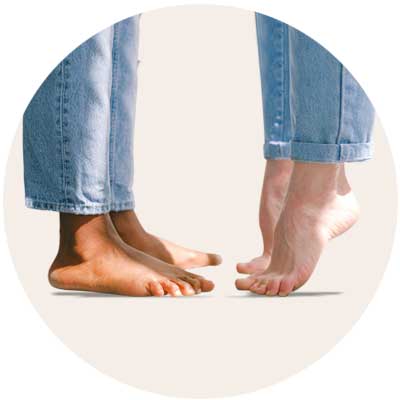
What is dry skin and what does it look like on babies and children?
Dry, cracked skin (xerosis cutanea) in infants and children can be genetic, or can be linked to atopic dermatitis Dry skin is usually associated with symptoms such as flaking, itching, redness and, often in very young babies, skin peeling (desquamation).
What causes dry skin in infants and children?
Some infants and children are simply predisposed to having dry skin. However, regardless, babies and toddlers are generally more prone to dry skin because the sebaceous glands which produce sebum – a mixture of fats that keep skin soft – are not yet active on their skin. This means that washing a baby’s skin can actually worsen dryness, especially if using liquid cleansers or harsh, foaming soaps which cause irritation and distress.
How to treat dry skin in infants and children
To treat dry skin in babies and children, non-foaming washing creams such as Eudermic Cleansing Base should be used. It is able to clean the leather without eliminating the factors that keep it soft. This product is also good as a shampoo to prevent itching on the head due to the application and massage of shampoo.
Very dry skin: use Extreme Emollient Ointment after washing with Eudermic Cleansing Base and drying. Rich in fats, Extreme Emollient Ointment helps to soften the skin.
Avoid using generic moisturizers and creams, as children’s skin rarely tolerates such products. Moreover, moisturizers and creams do not resolve dry skin.
To avoid dry skin, is it necessary to drink a lot of water?
Drinking a lot of water does not necessarily mean hydrated, moisturized skin. The human body is made up of 75% water, so it’s not something the skin is lacking. Drinking more water than the body needs can actually put a strain on the organs responsible for urine production and collection. The immediate result is a continuous need to urinate. In the longer run, drinking excess water also causes water retention, especially on the abdomen, thighs and buttocks. The swelling caused by water retention can cause edema, or the accumulation of fluid in the interstitial spaces of the body. This can contribute to or worsen cellulite (panniculitis adiposa).












